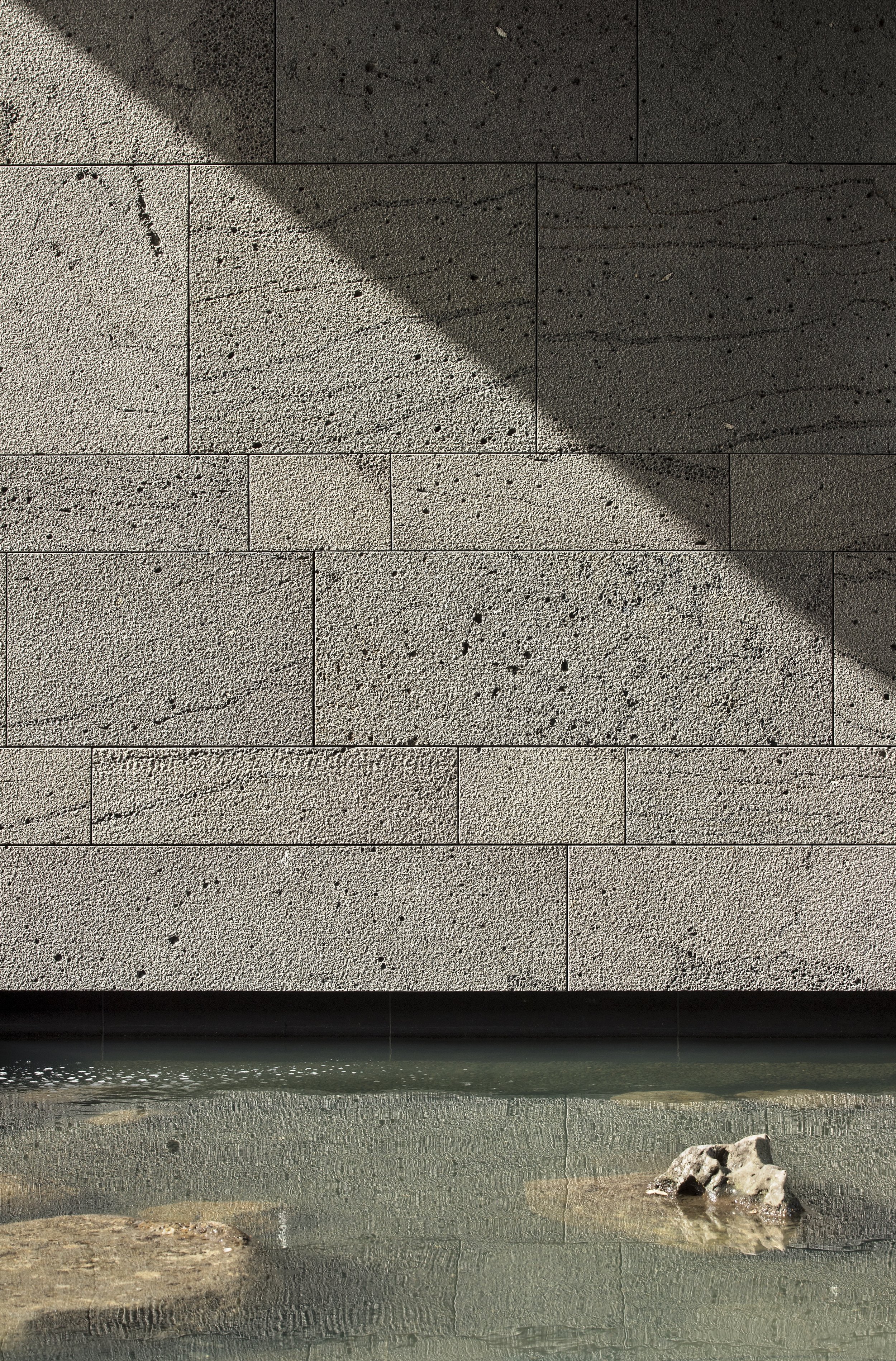Journal | October 2017
Material Selection
The gourmet feast that surrounds material selection and application in architecture is inexhaustible and truly mouth-watering. While new materials are constantly being developed, durable and timeless materials seems to be a more robust choice, both practically and aesthetically. In his recently released book “Principles,” Ray Dalio propounds the idea that:
The new is overvalued relative to the great…in my opinion, it is smarter to choose the great over the new.” (Dalio, 2011)
Similar to the use of colour in graphic design, the experience and aesthetic of architecture seems to exhibit more cohesion when the material pallet is more selective and controlled. Peter Zumthor, the preeminent Swiss architect, expands on the matter:
“I try to make sure that the materials are attuned to each other, that they radiate; I take a certain amount of oak and different amount of pieta serena and add something to them: three grams of silver or a handle that turns or maybe surfaces of gleaming glass, so that every combination of material yields a unique composition. (Zumthor, 1998)
We have a powerful and multi-sensory memory of past encounters with different materials. A single material can come in many sizes, shapes, colours and textures. These variations can affect the acoustics, the temperature, the way the light is caught, the way the shadows are cast, and ultimately the way we feel, perceive and act. Each material has its own historical and cultural significance inherited through generations of making and use. In this way, traditional materials engender a powerful vernacular that may come to symbolise any number of things, from power and prosperity to poverty and piety. Hence Nietzsche’s familiar dictum:
Stone is more stony than it used to be. (Nietzsche, 1878.)
Overwhelmingly, this principle carries across time and place. From the Turkish baths of Istanbul, castles in Scotland, Gothic cathedrals of France to much more contemporary structures, each demonstrate how materials chosen contribute to the overall integrity of the structure, allowing the character of the building to come to the fore without resorting to token gestures or frivolous feature walls. Materials have their own properties and personalities which must be recognised and respected if they are to enter a more meaningful dialogue with their time and place. This is perhaps best expressed by the famous modern American architect Louis Kahn:
“You say to a brick, ‘what do you want, brick?’ And brick says to you, ‘I like an arch.’ And you say to brick, ‘Look, I want one too, but arches are expensive and I can use a concrete lintel.’ And then you say: ‘what do you think of that, Brick?'
Brick says: “I like an arch.”


